


Your visual substance should be advanced for your clients and web indexes. Utilize these picture improvement tips to the greatest findability and speed. Consider the last time you transferred a picture to your digital marketing course in Dwarka.
Odds are you downloaded it from a stock photography webpage, transferred it to your website’s backend, and afterward embedded it to the page. This makes a brilliant illustration of picture advancement, isn’t that so? Not exactly. You’ve added a goliath bowling ball weight to your site that is hindering the page speed.
Furthermore, web indexes can’t peruse your pictures without alt text. We should change that. Here are 11 Simple On-Page SEO Tips to Rank First on Google you need to know.
1. Pick the Right Format
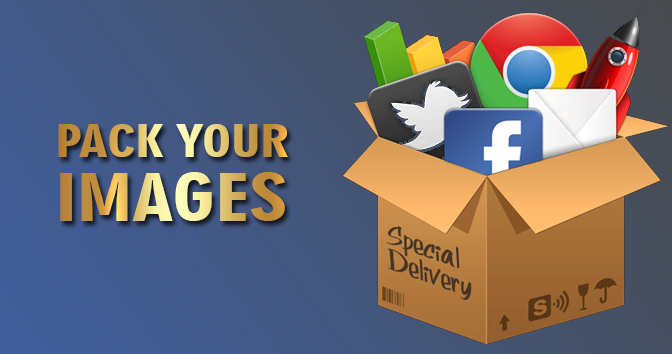


Translating all the different picture configurations can feel like your first time requesting at Taco Bell. Yet, before you can begin adding pictures to your site, you need to ensure you’ve picked the best record type. While there are many picture configurations to look over, PNG and JPEG are the most widely recognized for the web.
PNG: Produces better quality pictures yet accompanies a bigger document size.
JPEG: You may lose picture quality, yet you can change the quality level to locate a decent equilibrium.
2. Pack Your Images
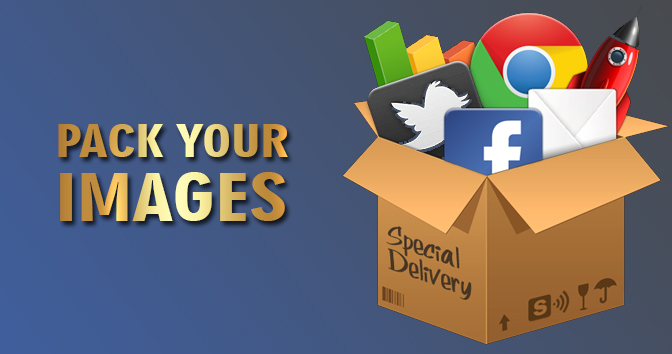


That’s right; there is no more fearsome beast than an enlarged site page in the wake of transferring a picture that is not compacted. Web crawlers will take a gander at your page like you may take a gander at a major tank of Crisco: You can’t truly be thinking about putting that on you your site, correct?
HTTP Archive indicated that pictures make up on normal 21% of an all-out website page’s weight. Increasingly.com improved site speed by 33%/2 seconds by compacting pictures. That is to say; there’s simply something attractive about quicker page speed when after you pack your pictures.
3. Make Unique Images



It would help if you had your photographs to fly on your site. If you fill your site with stock symbolism, you’ll look predictable – like the huge number of different locales that don’t stick out.
An excessive number of sites are jumbled with similar nonexclusive stock photographs. Consider a corporate site, a counseling firm, a business that highly esteems client assistance. Every one of these sites utilizes essentially a similar-looking stock picture of a money manager grinning.
Also Read this – Digital Marketing Course in West Delhi
4. Be careful with Copyright
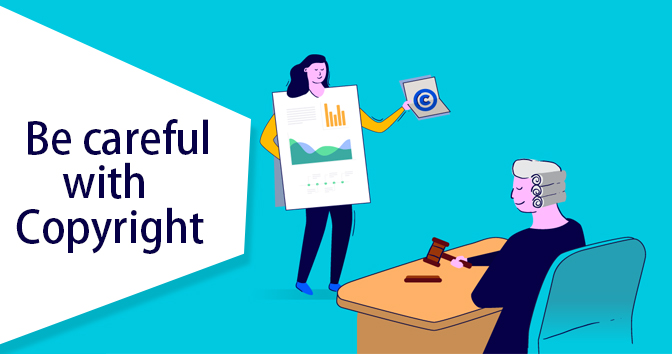


Despite the picture records you decide to utilize, ensure there’s no copyright strife. The Postal Service is paying $3.5 million for every picture copyright claim. Furthermore, Sketchers got sued for $2.5 million.
On the off chance that Getty, Shutterstock, DepositFiles, or some other stock photograph supplier claims a picture you use, and you don’t have a permit to utilize it, at that point, you’re gambling a costly claim.
Under the Digital Millennium Copyright Act (DMCA), you could be given a notification on the off chance that you have disregarded any copyright issues. If the proprietor of a piece of substance sees their substance on your site, they can give a DMCA Takedown which you should conform to.
5. Modify Image File Names
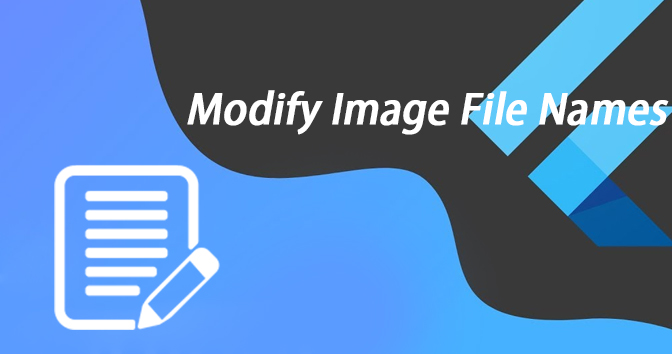


With regards to SEO, making graphic, watchword-rich record names is essential. Not modifying your picture record name resembles getting a burrito with nothing in it. It outright sucks.
Picture record names ready for Google and other web search tool crawlers with respect to the picture’s topic. This includes a touch of work, contingent upon how broad your media library is, yet changing the default picture name is consistently a smart thought. How about we take this picture of chocolate, for instance:
6. Compose SEO-Friendly Alt Text
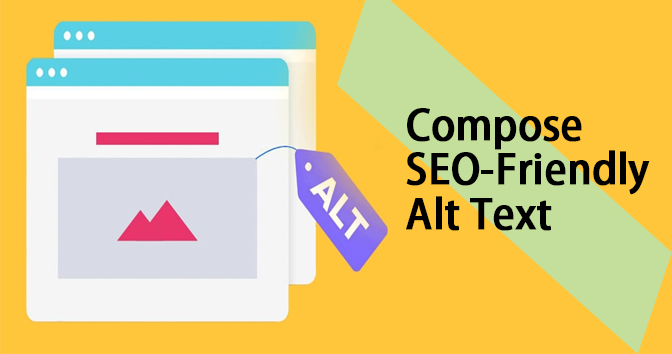


Alt labels are a book option in contrast to pictures when a program can’t appropriately deliver them. Like the title, the alt quality is utilized to depict the substance of a picture document.
At the point when the picture will not load, you’ll get a picture box with the alt label present in the upper left corner. Ensure they fit with the picture and make the image important.
Focusing on alt labels is additionally advantageous to the generally on-page SEO methodology. You need to ensure that any remaining advancement territories are set up; however, if the picture neglects to stack in any way, shape, or form, clients will perceive what the picture should be.
Adding fitting alt labels to the pictures on your site can also assist your site with accomplishing rankings in the web indexes by partner catchphrases with pictures. Indeed, even Google has commented on the estimation of alt text in pictures.
Alt-text is needed under the American Disabilities Act for people who can’t see pictures themselves. A distinct alt text can caution clients precisely what is in the photograph. For instance, say you have an image of chocolate on your site.
Also Read this – Digital Marketing Course in Janakpuri
7. Consider the Image File Structure



In 2018, Google refreshed its Image Guidelines. One of the significant updates they uncovered was utilizing the record way and document name to rank pictures.
Rehash: The document way and record name is a real positioning component.
For instance, if you’re an online business brand with various items, rather than putting all your item pictures into a conventional/media/envelope, I would prescribe organizing your subfolders to more classification-related points like/shorts/or/denim/.
8. Make Your Page Title and Description
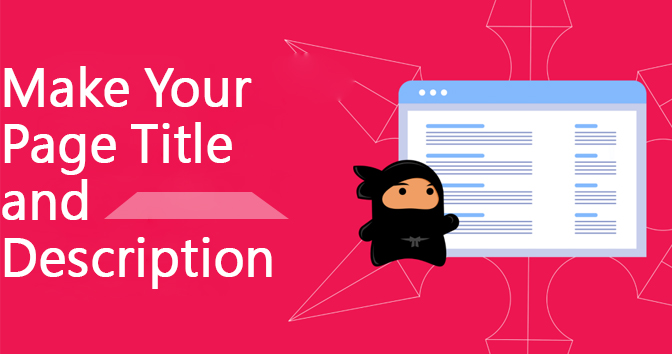


Google likewise uncovered that it utilizes your page title and portrayal as a feature of its picture search calculation.
The entirety of your fundamental on-page SEO factors like meta information, header labels, duplicate on the page, organized information, and so forth influences how Google positions your pictures.
It resembles putting every one of your garnishes on your burrito. It tastes path better with guac. In this way, try to add the guac for improving picture rankings.
9. Characterize Your Dimensions
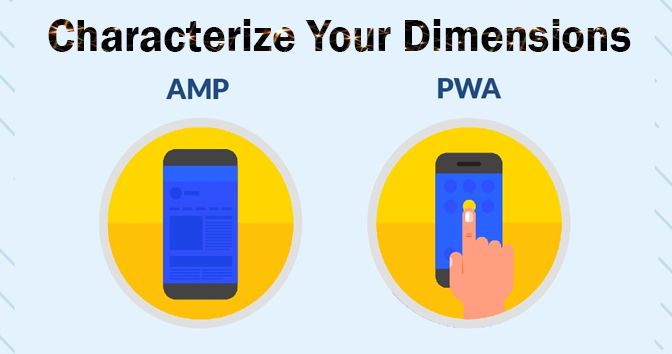


In case you’re utilizing AMP or PWAs, you are needed to characterize your picture measurements in the source code.
10. Make Your Images Mobile-Friendly
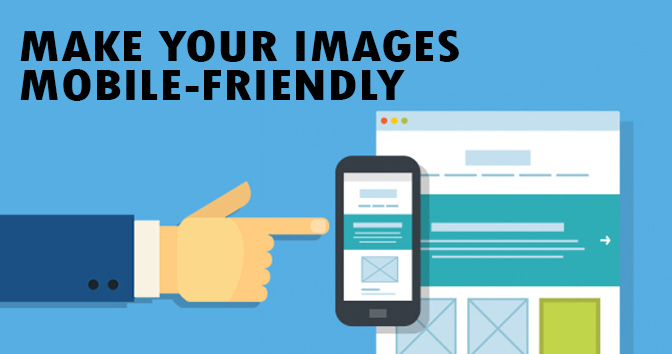


Goodness, versatile SEO. Even from a pessimistic standpoint, it can give you a high skip rate and low transformations. In any case, at its best, it can give you a seriously positioning force and better client commitment.
The issue is, how would you upgrade your pictures for the versatile first file? You make responsive pictures. This implies the picture will scale with the site’s size whether the client is utilizing a work area or versatile. It acclimates to the size of the gadget.
11. Add Images to Your Sitemap
Regardless of whether you’re adding your pictures to your sitemap or making another sitemap for pictures, it would help if you had pictures someplace.
Nonetheless, if you’re not utilizing either, it’s as yet a best practice to characterize the width and tallness. It gives a superior client experience. Furthermore, it permits the programs to measure the picture before the CSS is stacked. This prevents the page from bouncing when it loads.



